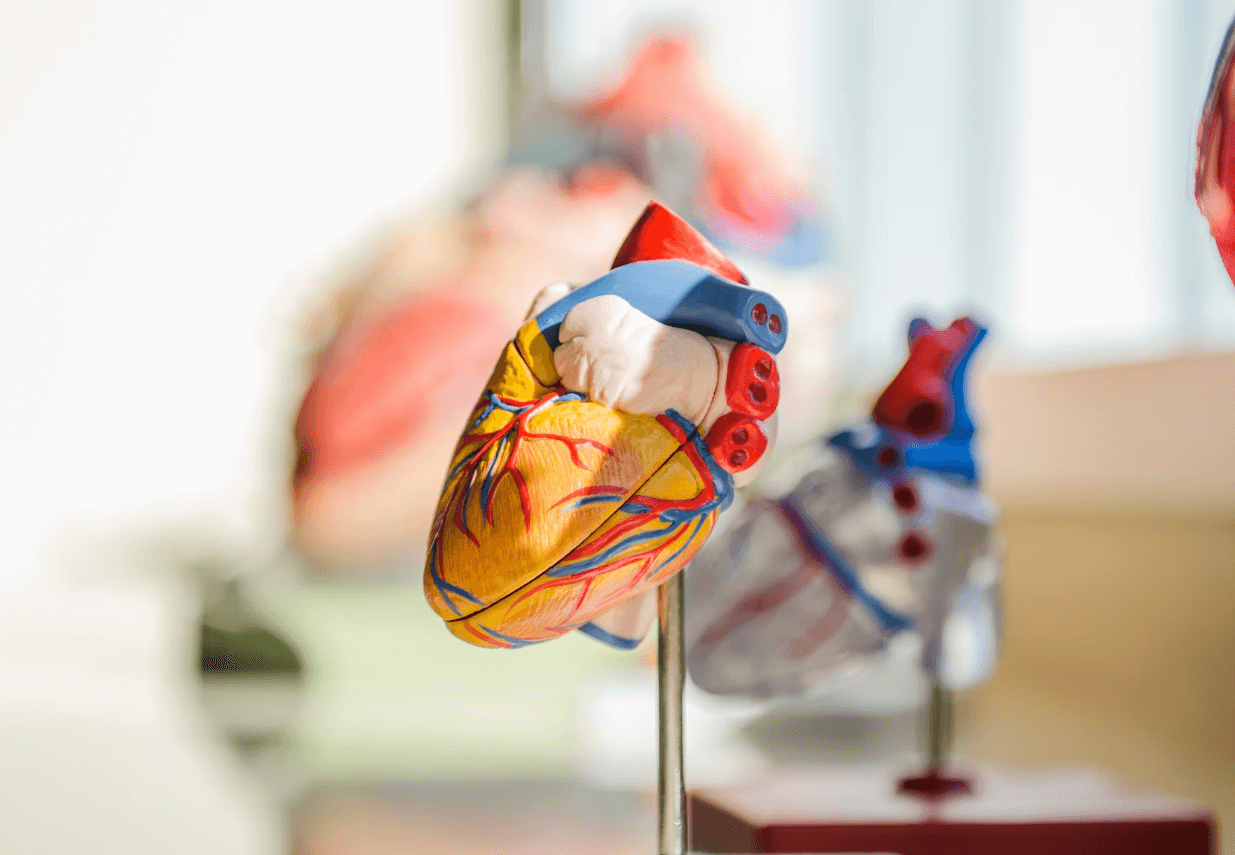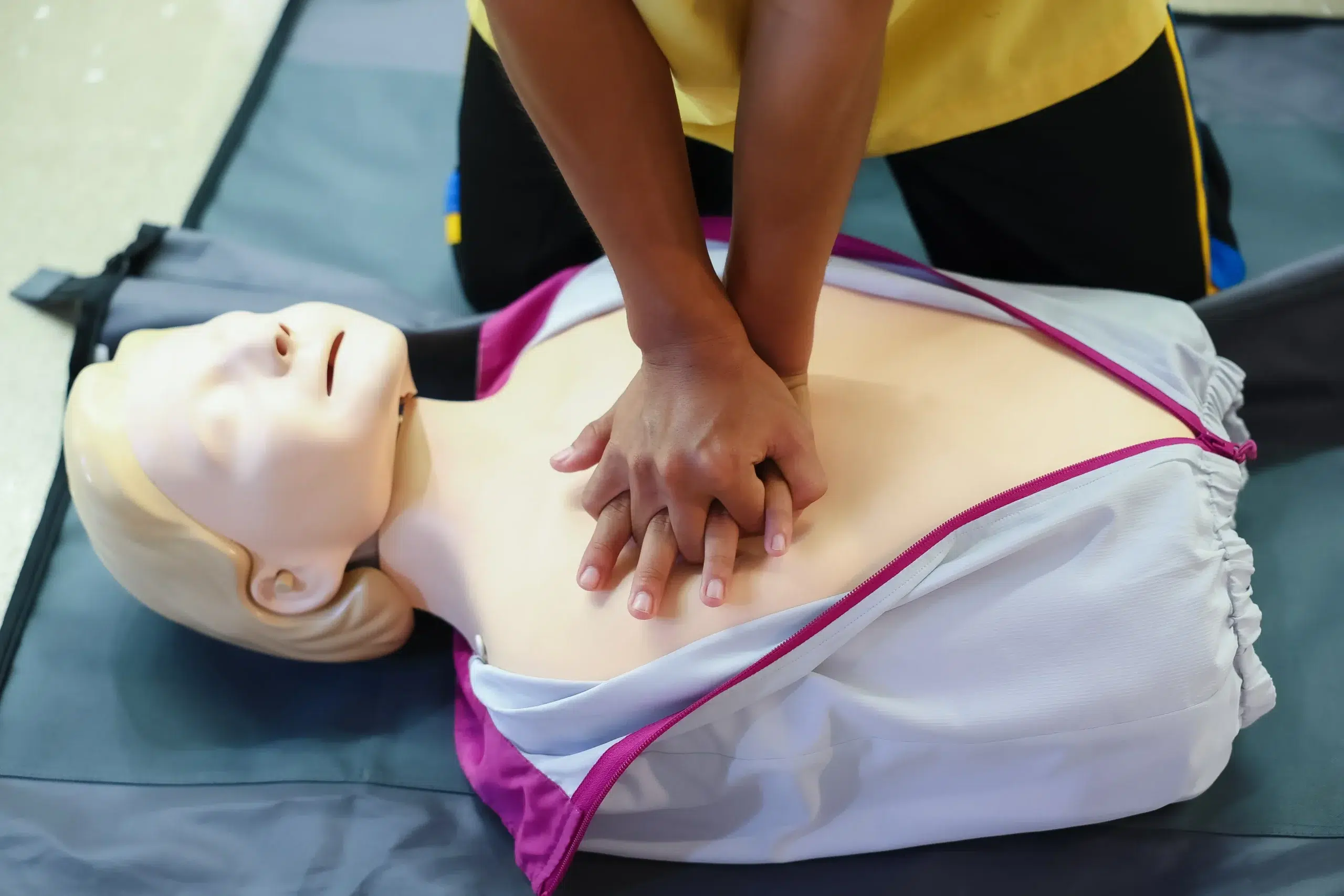Imagine a scenario where someone collapses, unresponsive, their life hanging by a thread. What happens next determines everything. This is where CPR (Cardiopulmonary Resuscitation) becomes a game-changer. CPR is a life-saving technique that restores blood flow and oxygen to critical organs—buying precious time until advanced medical care arrives.
This blog explores why CPR is indispensable in healthcare—from its history and its role in saving lives to its training and common misconceptions. You’ll learn how mastering CPR can equip healthcare professionals and everyday individuals to make a monumental difference in critical moments.
What Is CPR and How Does It Work?
CPR, short for Cardiopulmonary Resuscitation, is an emergency procedure involving manual chest compressions combined with rescue breaths. Its purpose is simple but powerful—keep blood flowing to vital organs like the brain and heart when the heart suddenly stops beating (cardiac arrest).
Key Components of CPR
- Chest Compressions: Using firm, rhythmic pressure to pump blood manually through the body. The American Heart Association (AHA) recommends compressing at least 2 inches deep at a rate of 100–120 compressions per minute.
- Rescue Breaths: Delivering breaths to provide essential oxygen. This can be done manually (mouth-to-mouth) or using a barrier device.
CPR is used universally—whether in homes during emergencies, in hospital settings, or bystanders on the streets—making it one of the most versatile and impactful life-saving techniques in healthcare and beyond.
A Brief History of CPR
Did you know that CPR has been saving lives for nearly 70 years? Its methods have evolved dramatically over time, guided by research, innovation, and global collaboration.
- 18th Century: Early forms of resuscitation involved techniques such as bellows ventilation and rolling patients on barrels (no kidding!).
- 1950s: Mouth-to-mouth resuscitation became the standard thanks to Dr. Peter Safar, known as “the father of modern CPR.”
- 1960s: Chest compressions were introduced, and the AHA developed its first CPR guidelines.
- 1980s–2000s: Automated External Defibrillators (AEDs) and hands-only CPR gained traction.
- Today: Constant improvements make modern CPR more effective than ever, with evidence-based updates every five years from leading organizations like the AHA.
Why Is CPR Important in Saving Lives?
Think of CPR as the beginning of the “Chain of Survival.” This is a sequence of events designed to improve a cardiac arrest victim’s chances of survival. The chain includes recognizing the emergency, performing CPR, defibrillation, and advanced post-resuscitative care.
Key Statistics
According to the statistics from AHA:
- About 356,000 out-of-hospital cardiac arrests happen annually in the U.S.
- 88% of cardiac arrests occur at home, highlighting the importance of immediate action from family members or bystanders.
- Bystander CPR increases survival chances by 2–3 times, but only 40% of cardiac arrest victims receive it.
Performing CPR during those critical first few minutes buys time by maintaining blood flow to the brain and vital organs. Without CPR, brain damage starts as early as 4 minutes into cardiac arrest—and the likelihood of survival decreases by 10% each minute CPR is delayed.
Why Healthcare Professionals Must Master CPR
Healthcare professionals like nurses, paramedics, and doctors are the first line of defense in cardiac emergencies. Their competence in performing CPR can make or break a patient’s chances of survival.
The Importance of Regular Training
Staying up-to-date with CPR guidelines ensures effectiveness. Techniques change based on new research, so healthcare workers must undergo regular training and certification to maintain high standards of performance.
Specific Roles in CPR
- Nurses ensure the rapid implementation of CPR protocols in hospitals or nursing homes.
- Paramedics use CPR as part of emergency on-site care.
- Physicians guide resuscitation efforts during emergencies like heart attacks.
- Even administrators may need basic CPR training to support coworkers and patients.
How to Get CPR Training and Certification
Becoming CPR-certified is straightforward and accessible. Training courses are available for both beginners and professionals, ensuring the widest possible reach of these vital skills.
Steps to Certification
- Choose a Credible Provider: Safety Training Seminars offer American Heart Association (AHA)-approved courses, including CPR & First Aid, Basic Life Support (BLS), Pediatric Advanced Life Support (PALS), and Advanced Cardiac Life Support (ACLS).
- Attend Training: Classes include hands-on practice with dummies to simulate real-life emergencies.
- Pass the Evaluation: A short written and practical test ensures competency.
- Get Certified: Certification is either printed or digital and typically valid for 2 years.
Addressing Common CPR Myths
Unfortunately, misconceptions about CPR often discourage people from taking action in emergencies.
Myth 1: “Only trained professionals can do CPR.”
Truth: Even imperfect CPR is better than no attempt. Bystanders are encouraged to perform chest compressions until trained help arrives.
Myth 2: “You can hurt someone by performing CPR.”
Truth: Broken ribs are possible, but they pale compared to the risk of not performing CPR at all.
Myth 3: “Hands-only CPR isn’t effective.”
Truth: For adults, hands-only CPR is extremely effective and recommended for bystanders unsure about giving rescue breaths.
Empowering Communities with CPR Training
The power of CPR doesn’t just belong in the hands of healthcare professionals. Communities equipped with basic life-saving skills can create safer environments for everyone.
Why Everyone Should Learn CPR
- Cardiac arrest can happen anywhere, at any time.
- Many incidents occur at home, making family members the first responders.
- CPR training increases confidence and decreases hesitation to act in emergencies.
Key Takeaways
- CPR saves lives by preserving vital organ function until advanced care is available.
- It’s essential for both healthcare professionals and everyday citizens to master CPR skills.
- Myths and misconceptions shouldn’t deter action—imperfect CPR is always better than doing nothing.
- Certification is easy, accessible, and highly valuable—consider courses from trusted providers like Safety Training Seminars.
Take Action Today
Knowing CPR is more than a skill; it’s a responsibility. Whether you’re a healthcare provider or a concerned citizen, being ready to act can make the difference between life and death.
Enroll in an AHA-approved CPR course today. Safety Training Seminars offer CPR & First Aid, BLS, ACLS, and PALS certifications in Newark for all levels. Don’t wait—be prepared to save a life.






